Question asked by Demian
What are the views of the Mahayana bodhisattva Cundi?
Is Manjushri's mantra pronounced as "Om Ara Pa Sa Na Dhih" or "Om ara Pa cha Na Dhich"?
What would be the Buddhist views of witchcraft, New Age religion, and Wicca?
Is the mantra that cleanses meat also cleans fast food, eggs, sugar, potatoes, sweet potatoes, carrots, garlic, onions, and etc.? Would "Om Mani Padme Hum" clean those foods?
What's the mantra of dharmapalas Tshangspa Dkarpo, Begtse, and 2 armed Mahakala?
Can visualized prayer wheels have the same effect as actual prayer wheels?
How is one free from all desire when they only have the desire of to be free from desire?
I read that on days like Shakyamuni day, Amitabha Buddha Day, Guru Rinpoche day, Dakini day, and so on, you can't sing. Would that mean singing sutras or mantras be sinful? If so, wouldn't that mean that chanting is sinful as well?
Is the mantra to the Dalai Lama the same for all his incarnations?
Would it be okay to say a mantra of a specific deity to their emanation? For example, Manjushri mantra to Dorje Shugden and vice versa. and Saraswati mantra to Palden Lhamo and vice versa.
What are the views of occult, Freemasons, and Hermetic Golden Dawns?
Can offerings be visualized instead of being offered physically and is there such thing as an astral temple/altar?
If yogis and gurus can't eat meat, then how come the enlightened yogi, Milarepa, ate meat? Or even Lama Atisha offering his own flesh to feed the starving?
































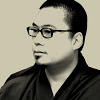






































































































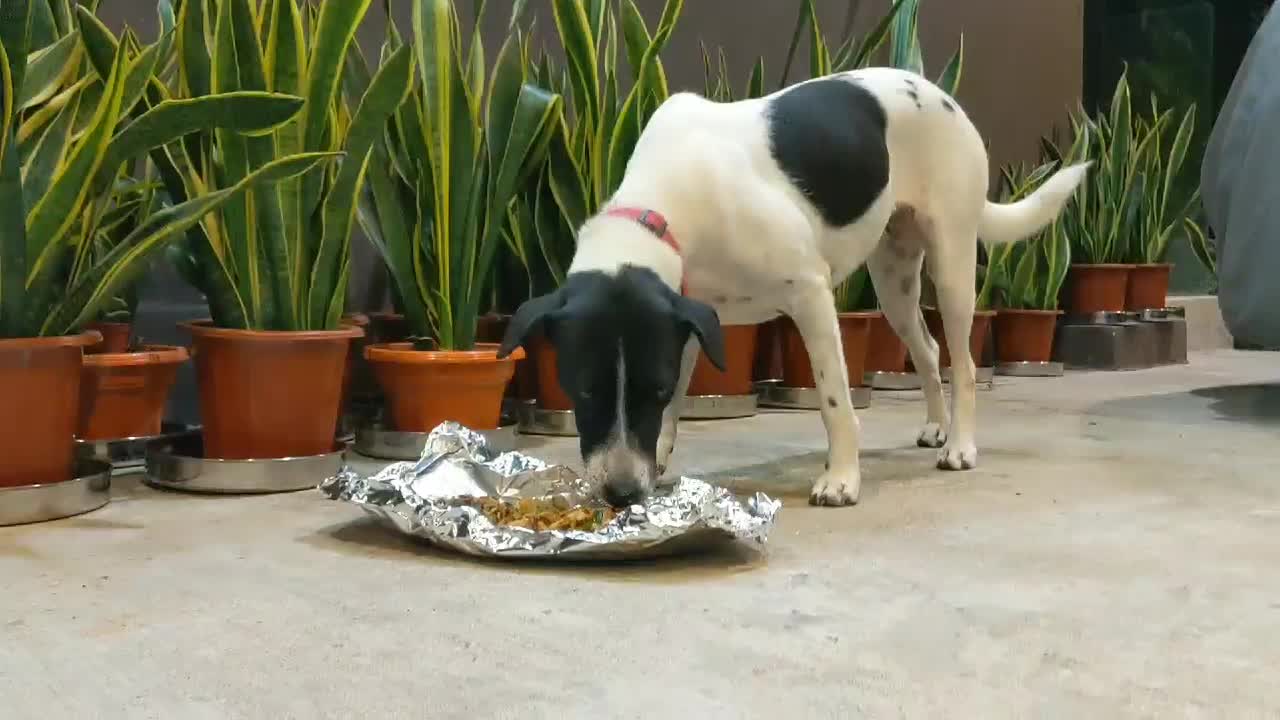
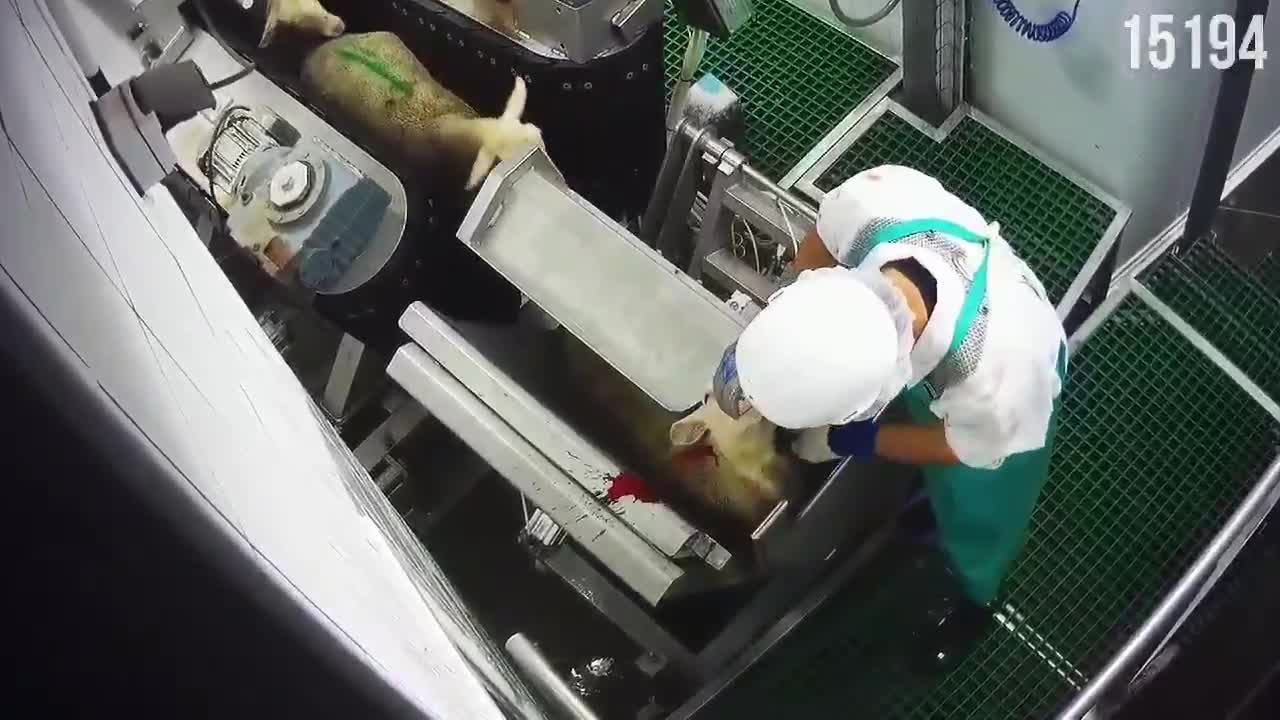


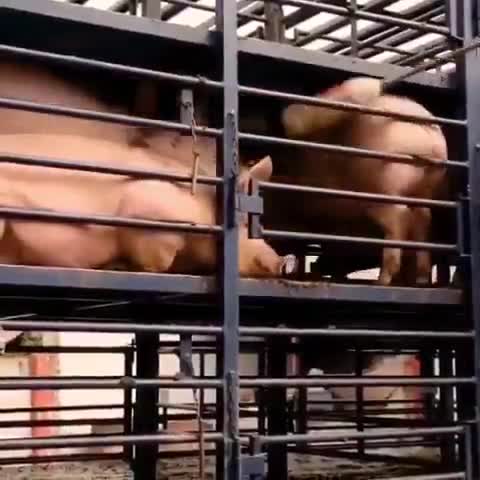

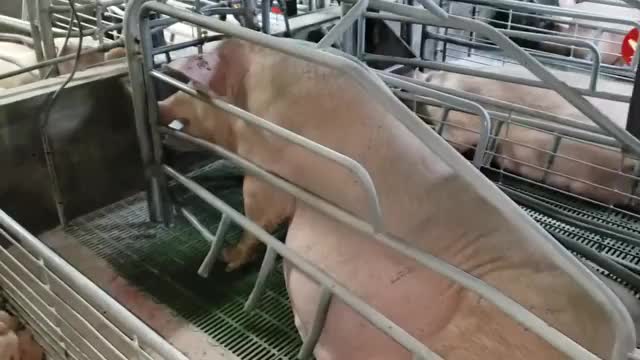




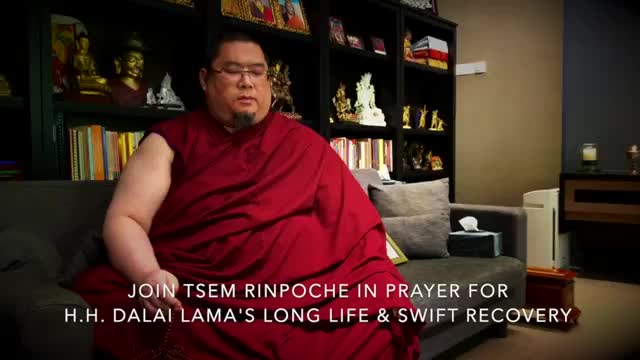



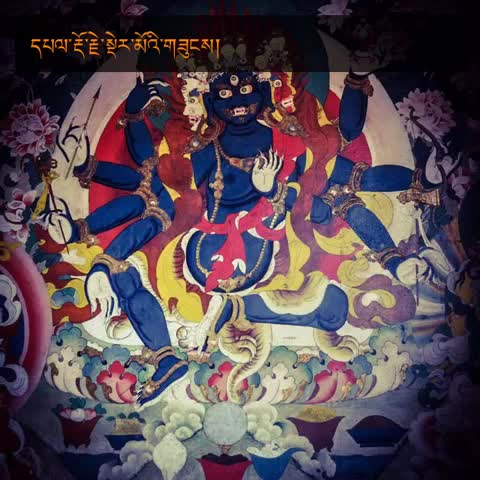
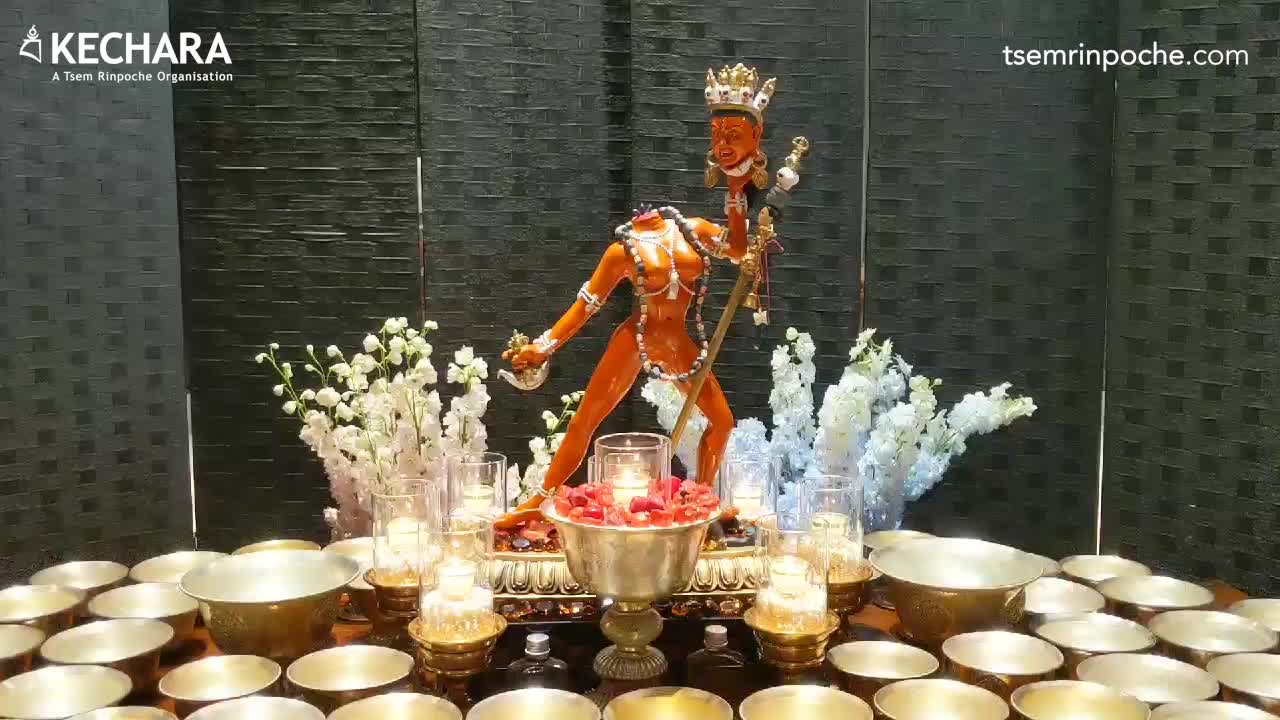













































































Dear Demian,
Thank you for your questions. Please see my reply below:
A) The Bodhisattva Cundi is considered to be an emanation of Chenresig by some. In any case she is closely related to Chenresig as she is mentioned in the Karandavyuha Sutra. This sutra centers on Chenresig and is the sutra in which Chenresig’s mantra of ‘Om Mani Peme Hung’ was first taught. In the sutra Buddha explains the benefits of Cundi. She is a Bodhisattva that has the ability to heal, both physically and mentally.
B) At Kechara, we have been taught by His Eminence the 25th Tsem Rinpoche to recite Manjushri’s mantra as OM AH RA BA TSA NA DHI.
C) From a Buddhist perspective those who practice witchcraft, New Age religions and Wicca are not bad people, as some other religions label them. There are many religions in the world and everybody has the right to practice what they want to. That is a human right. There are many beings such as gods, demi-gods and spirits that exist and people can contact them for help. However from a Buddhist perspective these beings cannot help you to achieve enlightenment and thereby end your suffering for ever. These beings are powerful and can help in worldly affairs and higher states of being within samsara. From a Buddhist perspective only the Buddhas can help you transcend all forms of existence within samsara and achieve enlightenment.
D) The mantra to bless meat that I shared with you before, is only used to bless meat. This purifies the fault of eating meat (the non-virtue of killing) and blesses the mindstream of the animal. This does not extend to the purification of other food, such as vegetables, roots, etc. Mantras would not be able to ‘clean’ food because they are of a samsaric nature. For example, in the case of meat, even though you have purified the karmic effects of eating it, you are still physically eating meat. Therefore it will still effect your body. The mantra can only purify the karmic fault of eating the meat and not the physical effect of eating meat.
Some of the food you have mentioned actually alter the psychic winds within our body and have an effect on us physically. This food cannot be ‘cleaned’ as such karmically speaking. If unwholesome actions were engaged in when producing the vegetables, then when you eat it, you also bear some karmic responsibility. In this case, blessing the food with mantras will cleanse the karmic effect of eating it.
The best way to use eating food on the path however, is to offer the first portion of whatever we eat or drink to the Buddhas. This way, the physical act of eating turns into something meritorious as we make an offering. For example, we can offer the first portion of our food onto the altar as an offering. Or we can recite prayers before we start eating, thinking that the food has been offered to the Buddhas, and they have accepted the offering. Then when we are eating we think that we are eating simply to sustain our bodies. This will cut attachment to food as well.
Food offering prayer to Lama Tsongkhapa:
OM AH HUM (3x)
GANGCHEN SHING TAI SOLJE TSONGKHAPA
NGOTOB RIGPAI WANGCHUNG GYALTSAB JE
DONGA TENPAI DAGPO KHEDRUB JE
GYALWA YABSE SUMLA CHOPA BUL
E) As for prayer wheels I have never come across a practice before in which they are visualised. I do not think they will have the same effect as physical prayers wheels. This is because prayer wheels exists physically, the mantras are actually written down, therefore when you turn the prayer wheel the energies are sent out into the environment in from of the physical mantra. If we visualise this there is no physical basis for this. If you recite mantras however, they have a physical basis which is sound. Therefore reciting mantras will also have the same benefit as turning a prayer wheel.
F) In regards to your question about desire, this is a very good question. Here you are asking questions in regards to the nature of existence, belonging to the wisdom teachings. Yes on an ordinary level we have a desire to be free of desire. On the path, we need to develop this desire so that we can engage in virtuous practice. However at the end of the path we need to have the realisation that all desire are part of samsara. When we realise that, we realise the true nature of existence. At that point we have no more desire because we have reached the highest potential – Buddhahood.
G) In regards to singing on certain holy days, this is actually to do with precepts one can take during these days. All activities that exist within samsara can either be virtuous or non-virtuous. When we sing, we usually do so for entertainment. Entertainment, while not negative itself does not improve our situation within samsara, it is not an activity that leads us out of samsara. On these holy days, practitioners take the eight precepts. These precepts are so the pracitioners refrain from engaging in actions that do not bring spiritual benefit. As they only engage in virtuous actions on these days, they generate merit that leads to enlightenment.
The chanting of mantras and prayers, however, is a virtuous activity. Therefore this does not apply to this precept. This is because the chanting of mantras and prayers is a virtuous activity that aids in the attainment of enlightenment.
H) In regards to the name mantra of His Holiness the Dalai Lama, the mantra is not the same for each incarnation. The reason being is that the mantra actually contains the name of His Holiness in its Sanskrit form. As the Tibetan language was formulated to translate and preserve the Dharma from the Sanskrit sources, the meaning of the words are exactly the same. For example, in the name mantra of His Holiness are Shasana Dhara (Tenzin in Tibetan) and Samudra (Gyatso in Tibetan). Tenzin Gyatso is part of His Holiness’s name. Therefore the holy name mantras are different for each successive incarnation.
I) In regards to reciting mantras of a specific deity to their emanations, of course you can do this. After all they are one and the same on the ultimate level. It is just that their forms are different to help you in different ways. That said, if you want to receive the benefits of that particular emanation, then it is better to recite the actual mantra of that particular emanation.
For example, Manjushri’s manta is very beneficial for developing wisdom and Dorje Shugden’s mantra is very beneficial for removing obstacles and creating conducive conditions. By all means you can recite Manjushri’s mantra to Dorje Shugden, however in terms of clearing obstacles, Dorje Shugden’s mantra would be better as that is why Manjushri arose in that particular form. Here we see the compassion of the enlightened beings, who are always emanating into various forms to help sentient beings in many different ways.
J) In regards to practices such as Freemasons, Hermetic Order of the Golden Dawn, etc., from a Buddhist perspective they are like the New Age, Wiccan traditions that you mentioned earlier. They are not wrong or right, they just attain the various highest states of samsaric existence. According to a Buddhist perspective, only by achieving enlightenment, can one transcend samsaric existence.
K) Yes, offerings can be visualised. In fact within many prayers one is to visualise offerings as vast as space being offered up to the Buddhas. This generates tremendous merit for one’s spiritual journey. There is no such thing as an astral temple, however the Buddha’s do have pure lands where their forms reside.
L) Your question about the great masters of the past who eat meat, this is actually one of attainment. For example, you and me are ordinary people, we are bound by karma and cause and effect. The great enlightened beings of the past eat meat. But by them doing so they actually benefited the beings whose flesh they eat. Just like the blessing meat mantra blesses the mind of the animals that were killed, the great masters eating the meat of animals blesses them due to the power of their attainment.